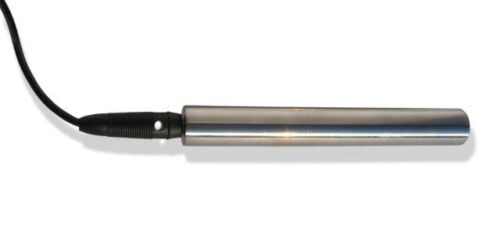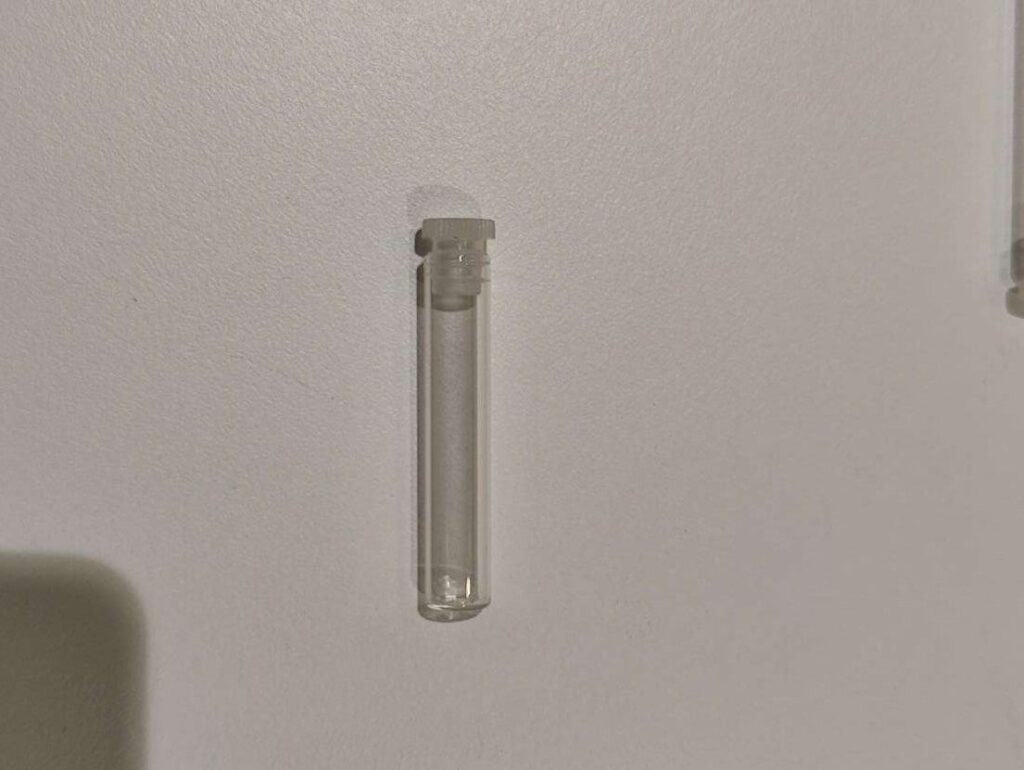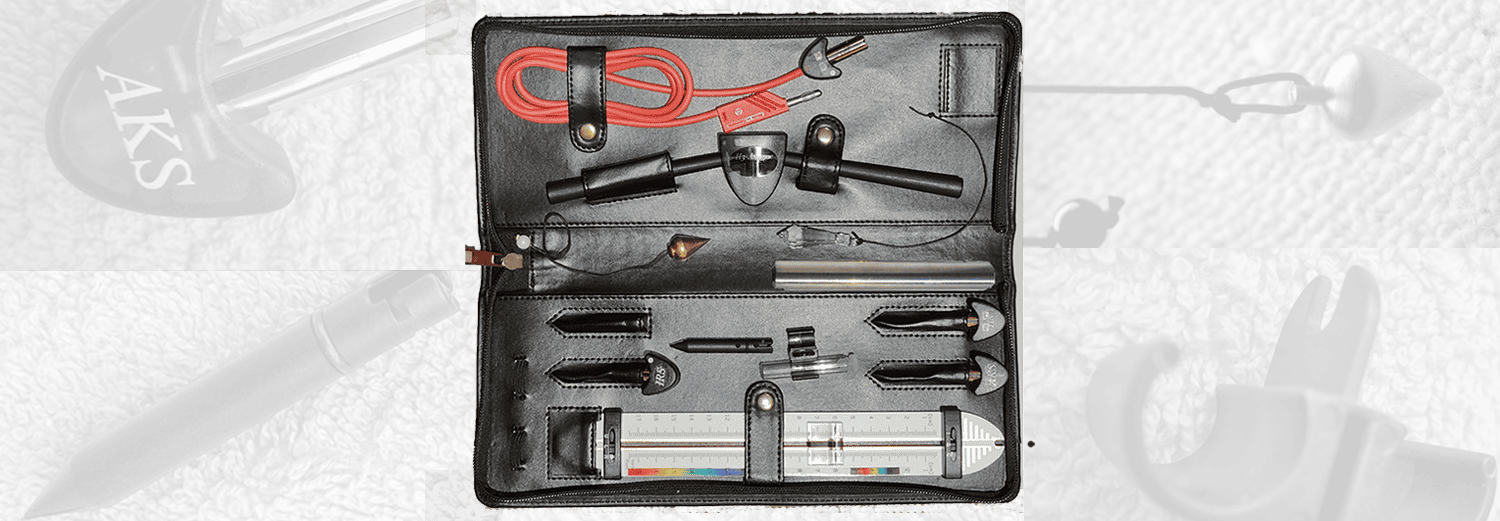
Complete Kit Rs. 75,000/-
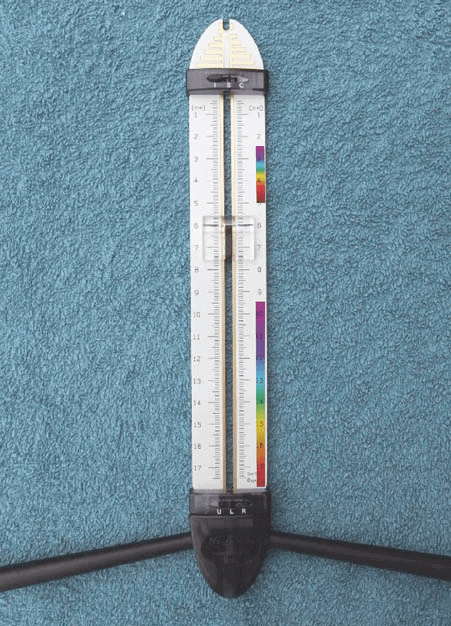
H3-Antenna
Operating Instructions:
To ensure flawless performance of your H3-antenna, as with all radiaesthesia equipment, a serene state of mind is required. We recommend novices avoid “tuning” themselves in prior to use of H3-antenna. Preconceived notions, concepts, ideas, or other prejudices condition your mind and diminish intellectual room required for new findings. At the outset empty your mind and wait with the curiosity of a child of the imminent events.
The Quality Selector Switch
The Polarization Switch
Storage and Maintenance
Please note that the H3-Antenna is a highly precise instrument requiring special care.
- Protect the device from dust, sand, or similar abrasive particles. Pay particular attention so that they do not accumulate on or under the moveable parts of the antenna.
- Do not expose the antenna to humidity, strong sunlight or extreme cold.
- Slide movements should be carried out taking care to protect the gold-plating while applying gentle pressure from below.
- Clean the platinic gauge, gold-plating, and plastic components in regular intervals with a slightly moist, non-fuzzing cloth.
- Always store the H3-Antenna in its leather case
H3-Acoustic Sensor
How It Works:
In the conventional metrological area, this sensor was originally only designed for sound waves in a frequency range between 30 and 18,000 Hz if a voltage of at least 1.5 V is applied. However, it is astonishing that not only sound waves, but also various infrared and ultrasonic sources could be detected effortlessly in radiesthetic use even without a power supply. Furthermore, it was discovered during the testing phase that crystal vibrations, i.e., so-called phonons, can also be detected with this sensor. Phonon fields also occur in the cell structures of living organisms, and the acoustic sensor also reacts here.
Areas Of Application:
In medical applications and for home examinations, the AKS should be used for body scans in the 4th and 5th pass (1st pass = inductive; 2nd capacitive; 3rd = infrared sensor, 4th = inductive and AKS, 5th capacitive and AKS). Disturbances can be determined in a targeted manner, which indicate the influence of mainly ultra-weak sound signals, infrared and ultrasonic sources.
Since the acoustic sensor opens a research field that is still little known, there is an increased need for intensive investigations. During initial tests, it was discovered that the acoustic sensor apparently not only reaches the neighbouring areas of its electro technically known working bandwidth, but also the high-frequency phonon fields. Since, for example, the cell nucleus, the DNA, resonates with phonons, there would be clear potential here that must not be neglected in an overall view of radioaesthetic influences.
In an experiment using the AKS, the phonon field of a plant leaf with H3 = 3.65 KR was detected using the reaction distance measurement method. When a burning candle was held about 40 cm below the leaf, the field collapsed and was no longer detectable. After removing the candle, the field slowly built up again up to the original extent.
There are other areas of application for the acoustic sensor beyond geobiology in
- medicine (comparative near-field investigations)
- geomancy (room resonances, psychometry)
- parapsychology (psychic coupling, etc.)
- mineralogy (crystal vibrations, etc.)
Technical Data:
- Acoustic sensor
- Area of greatest sensitivity (audible sound): 30 – 18,000 Hz
- Additional radioaesthetically detectable signal conversions
- in the infrasound range: from approx. 3 Hz
- in the ultrasound range: from approx. 2 kHz in
- the phonon field range: up to approx. 1 MHz
- opening angle (from the sound entry opening): 120°
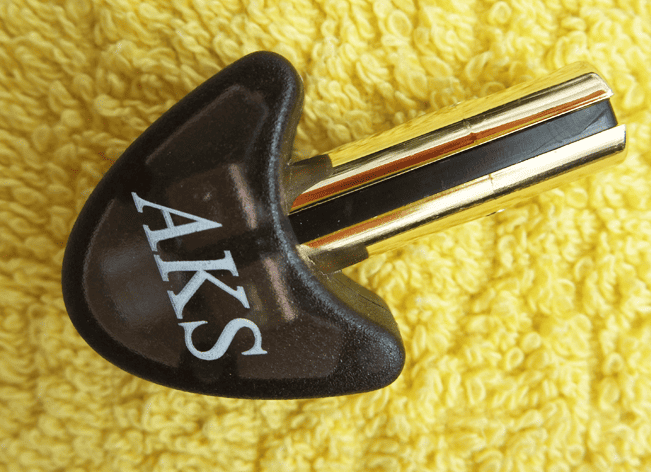
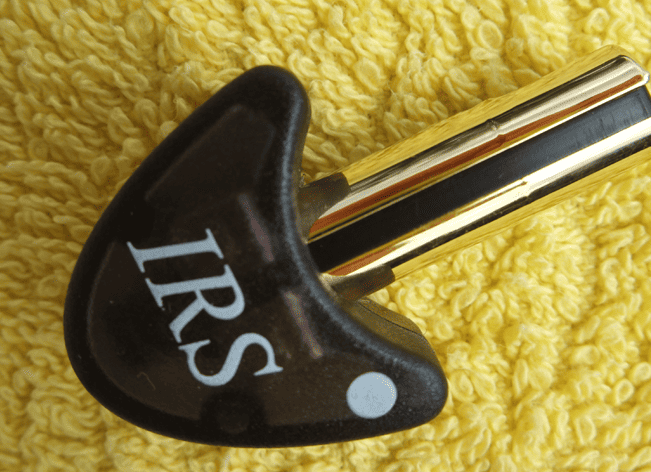
H3-Infrared sensor
Areas Of Application
- medicine (near-field examinations are possible with millimetre precision with an additional dipstick attached at the top)
- Geomancy (e.g., places of acute and latent phenomena are very easy to find with the IRS)
- of parapsychology (topic of foreign occupations, etc.)
- botany (heat field changes in plants, etc.)
Specifications
- Infrared sensor
- Maximum sensitivity range: 770 – 1,200 nm
- maximum sensitivity at 950 nm
- Opening angle (on the opposite side): 120°
Some Setting Values
- 9.90 IU: human heat field
- 8.00 IU: technical infrared (general)
- 15.0 IU: technical infrared (general)
H3-Yin-Yang sensor
What Is Polarity? What Is Polarization?
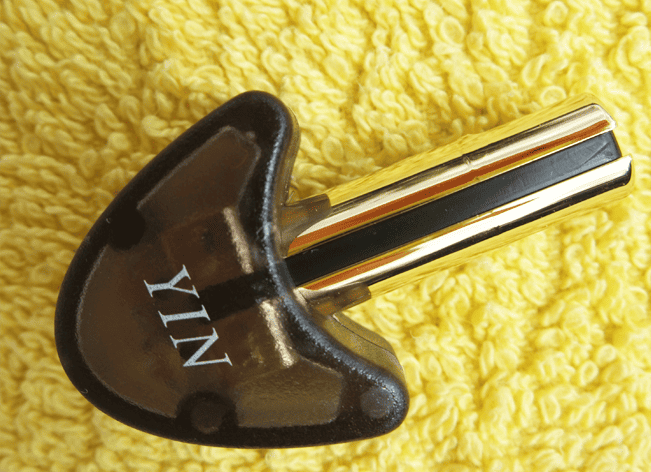
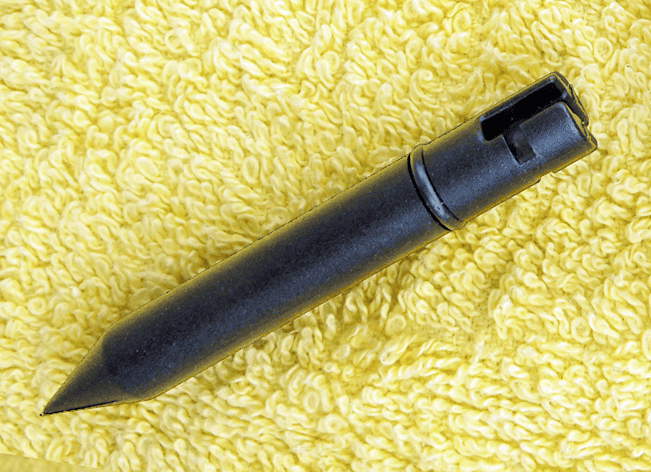
H3-Direction finder
Dipstick for use on the H3 antenna
Scope Of Delivery
H3 Test Object Holder
Example: Normal water veins are sought with the H3 values 3.1 / 7.8 / 9.2. When tracing a water vein in unclear terrain (e.g., partially inaccessible properties), there is a slight risk of confusion with other water veins. Here you can help yourself by obtaining a test object from the vein to be examined (e.g., soil sample that is obtained exactly from the central axis) and using this in addition to the set H3 value. Now the radiesthesit will usually only find the vein he is looking for but will not receive any reactions from other water veins.
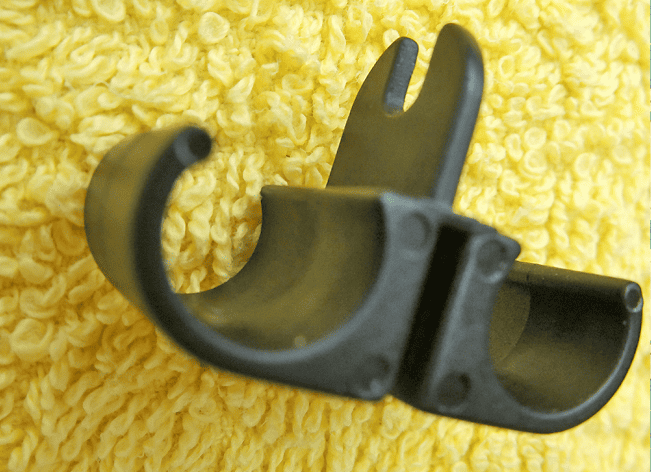
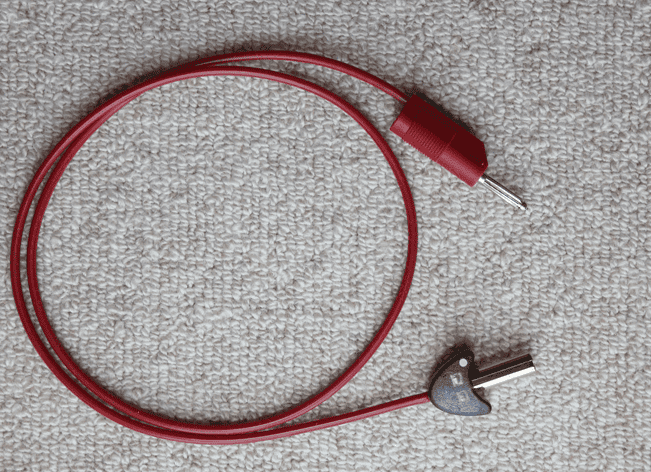
H3-Test Connection
- Connection for the hand electrode or a bio resonance device
- Use as a capacitive attenuator
Use as a Test Connection:
Use As A Capacitive Attenuator:
An attenuator is used to analyse structures within strong fields. For example, one cannot normally see the centre of a water vein crossing because the crossing’s field is strong, thereby preventing or distorting an antenna response. By inserting the test connection into the handpiece of the antenna with the cable hanging downwards, a kind of opposing field of the same wavelength is generated that makes the radiesthetist less sensitive. This weakening effect is approximately -3 dB, which means that the field strength is reduced by half. Where an intensity of “2” (= 50%) was previously determined, the use of an attenuator results in an intensity of “4” (=25%).
Specifications:
Test plug for the H3 antenna with a capacitive element, flexible PVC test lead, 1 mm2 and plug with spring cage ø 4 mm.
H3-Mimosa Pendulum
Brass, polished, now with new ergonomic, black weaving thread.
Special pendulum for detection and for H3 value scanning of
- inductive radiation
- electromagnetic phenomena
- inductive yin-yang properties
- inductive infrared waves
- inductive matter waves (phonon radiation)
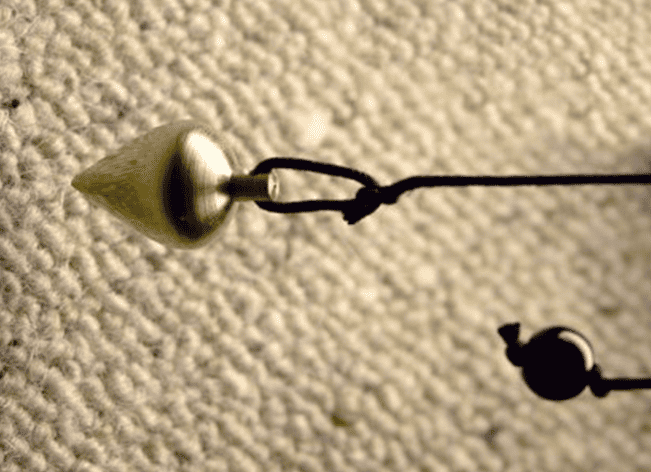
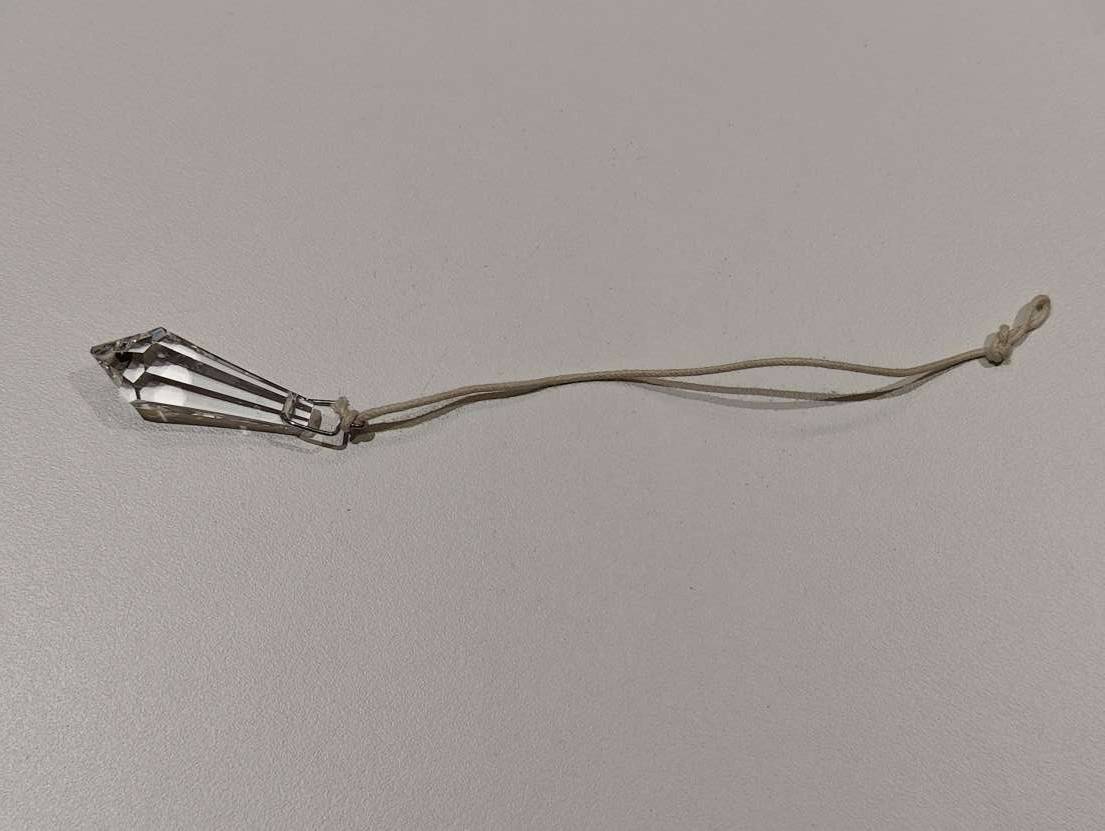
H3-Glass Pendulum
- inductive radiation
- electromagnetic phenomena
- inductive yin-yang properties
H3-Hand Electrode
Directions For Use:
